Can a Mexico City house museum reframe Frida Kahlo’s artistic legacy?
The newly opened Museo Casa Kahlo spotlights how family shaped the pioneering artist’s life and work. See how Rockwell Group brought it to life
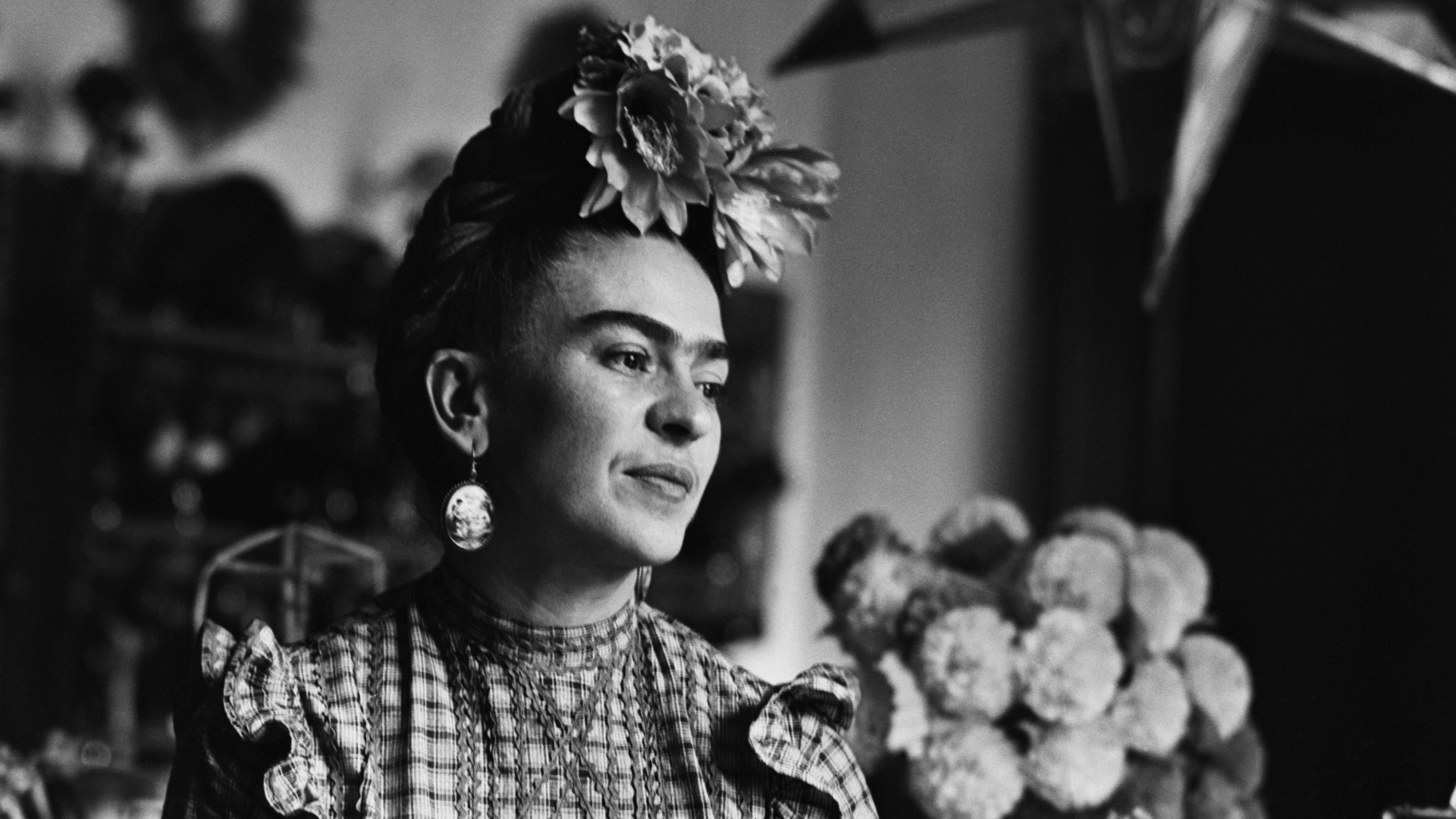
Any first time visit to Mexico City includes a pilgrimage to the Frida Kahlo Museum, known as Casa Azul. The home is where the artist lived with her husband Diego Rivera, and where the details of her life story and her surrealistic work have become symbols of resilience, feminism, and political activism. But a new house museum opened by Kahlo’s descendants attempts to plumb deeper, revealing a more intimate portrait that transcends the image of La Sufrida (the sufferer) and highlights the Kahlo family influence on the painter’s personal and professional life.
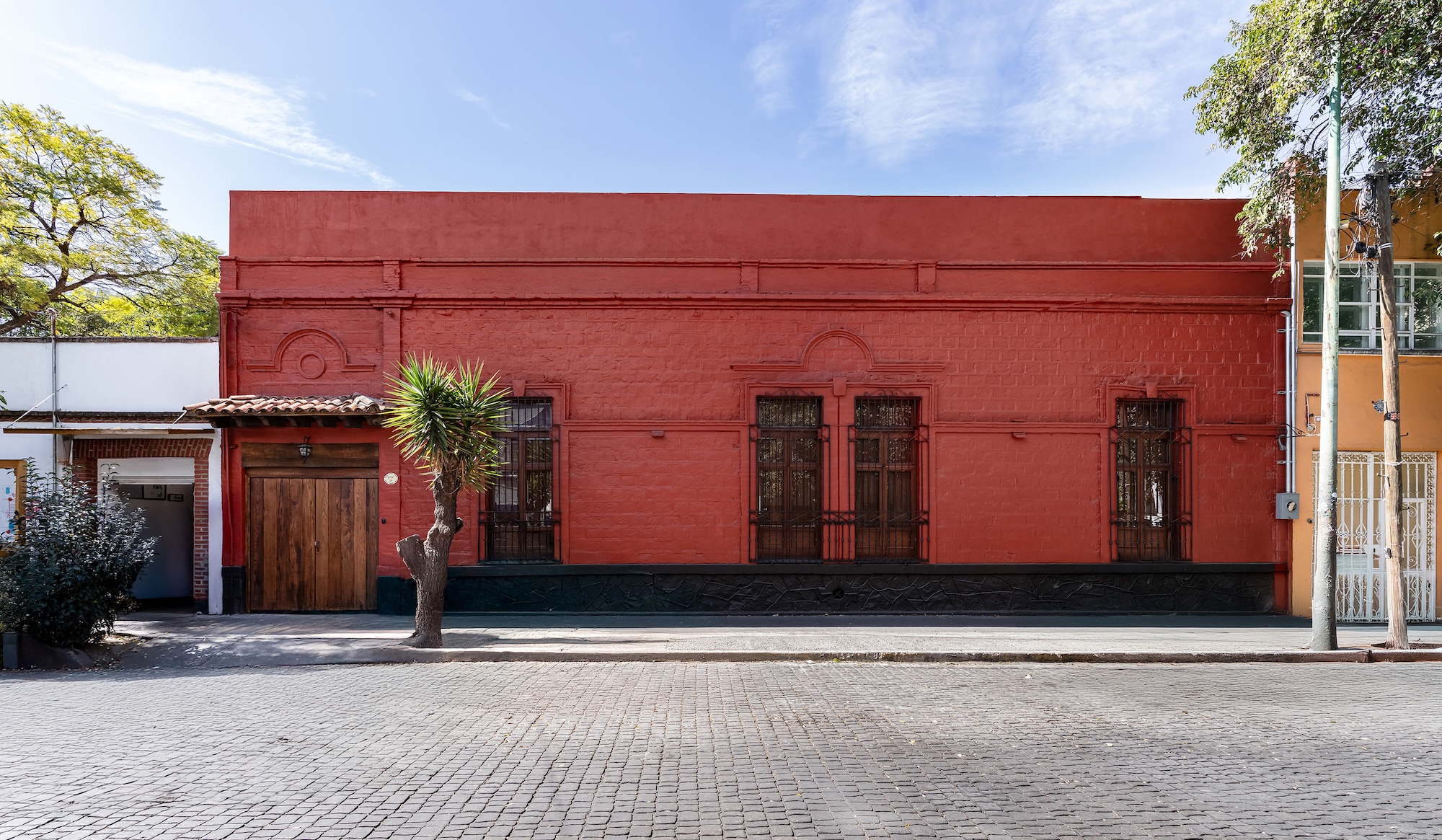
The new Museo Casa Kahlo, located just blocks from Casa Azul in the Coyoacán neighbourhood of Mexico City, has been over 20 years in the making. In 2008, Frida’s niece Isolda Khalo, the daughter of the artist’s sister Cristina, died. Isolda’s daughter Mara Romeo Kahlo and her two children began the task of cleaning out the house purchased in 1930 by Frida’s parents, Guillermo Kahlo and Matilde Calderón. Though Frida did not grow up in the house, called Casa Roja, she visited frequently.
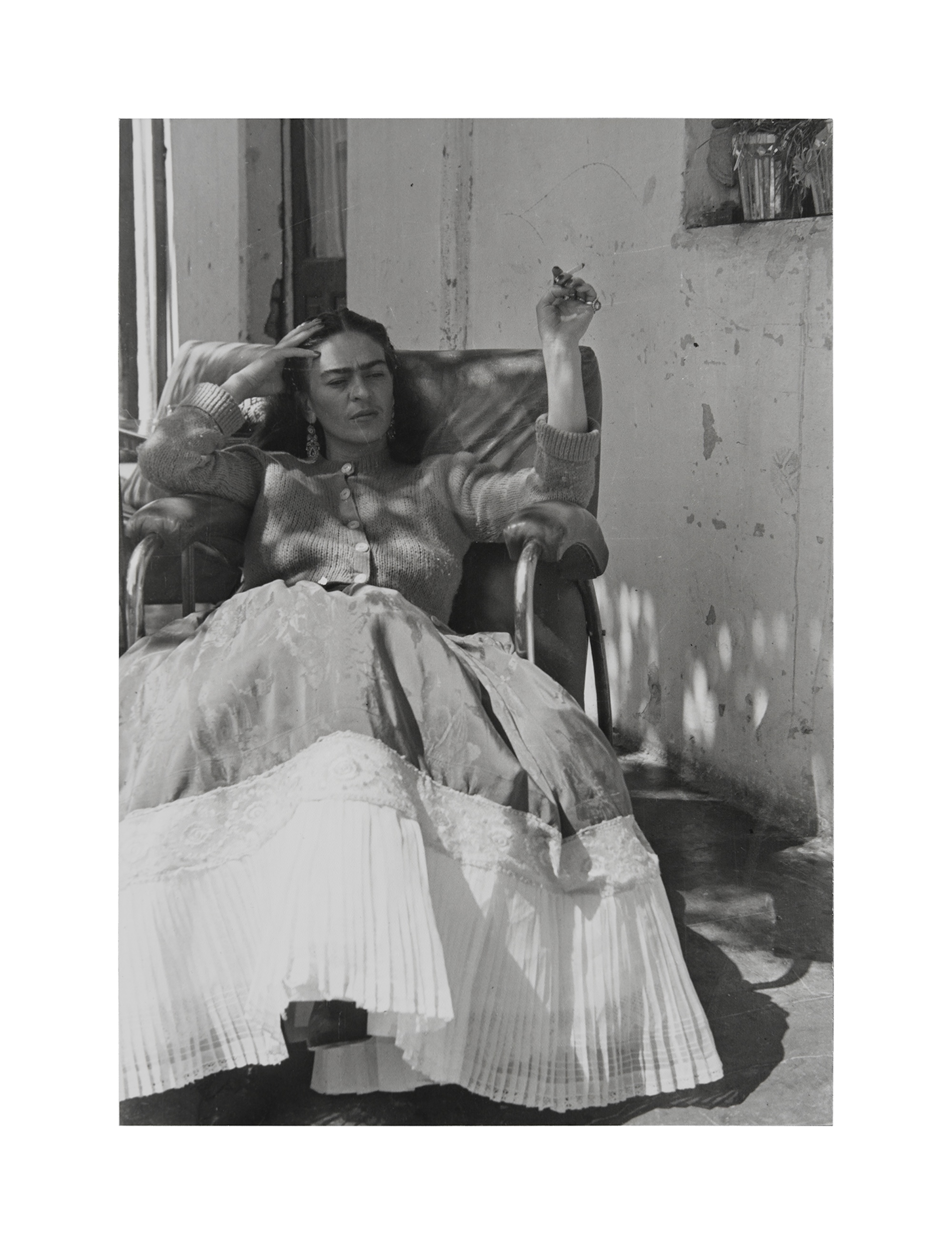
Frida Kahlo at Casa Roja, where she'd spend time with her family
'We discovered so many treasures, we knew these things belonged in a museum'
Frida Hentschel Romeo
‘We knew there were stories in the house and things for an archive,’ recalled Isolda’s granddaughter Frida Hentschel Romeo. ‘But as we discovered so many treasures, we knew these things belonged in a museum.’
They found, among other items, original glass negatives belonging to Guillermo, a German immigrant who became an architectural photographer and documented the city’s most important landmarks and buildings for the Mexican government. He was also a painter, and Hentschel Romeo said it was Guillermo, not Rivera, who first taught Frida how to paint and how to view the world as an artist.
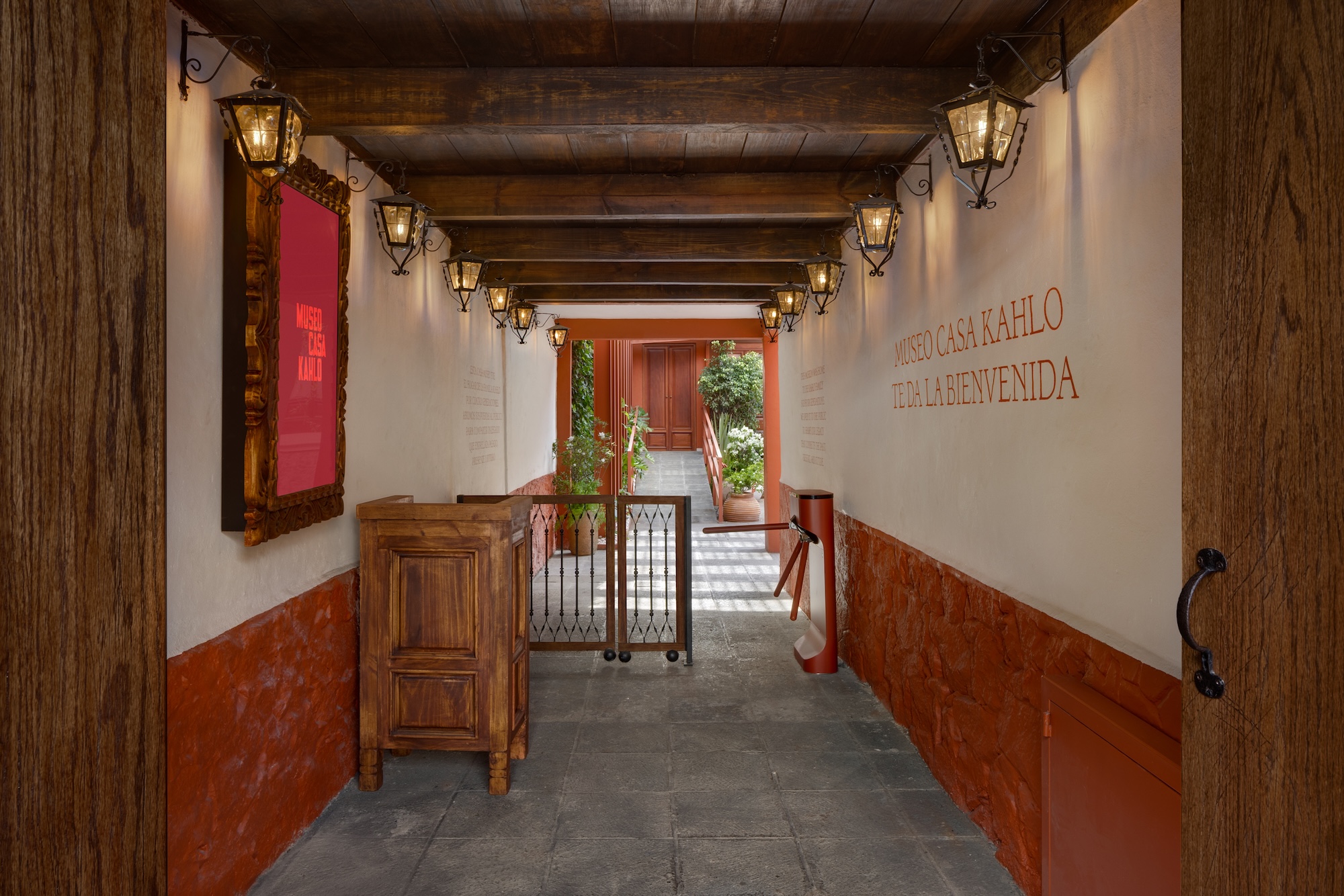
The museum, which opened to the public on 27 September 2025, showcases other discoveries, like previously unseen letters written by Frida, a prolific family correspondent, including homesick missives she sent from the United States while abroad with Rivera. There are also early sketches, a small portrait of Rivera, as well as personal effects, like pieces of Kahlo’s pre-Hispanic jewellery, perfume bottles (Schiaparelli’s Shocking, of course) and embroidered blouses, evidence of her early appreciation of Mexican folk art and a preference for traditional Mexican clothing.
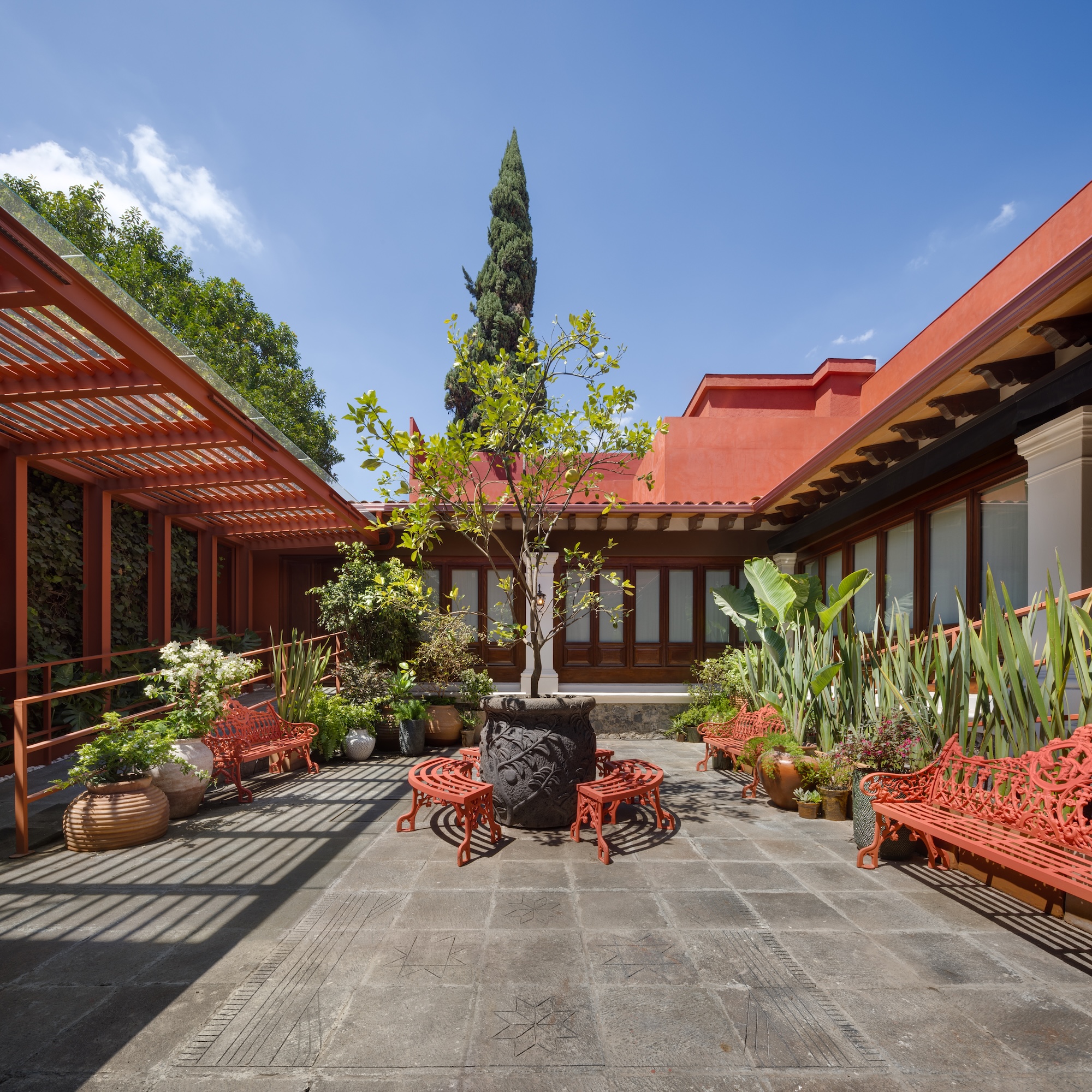
Until 2023, the house was occupied by Frida’s family. Then, with the assistance of publicist Rick Miramontez, chairman of the newly formed New York-based Fundación Kahlo, and the financial patronage from father-and-son Mexico-based businessmen Victor Aboumrad Tame and Victor Aboumrad Chedraui, the house was transformed from a residence into a museum.
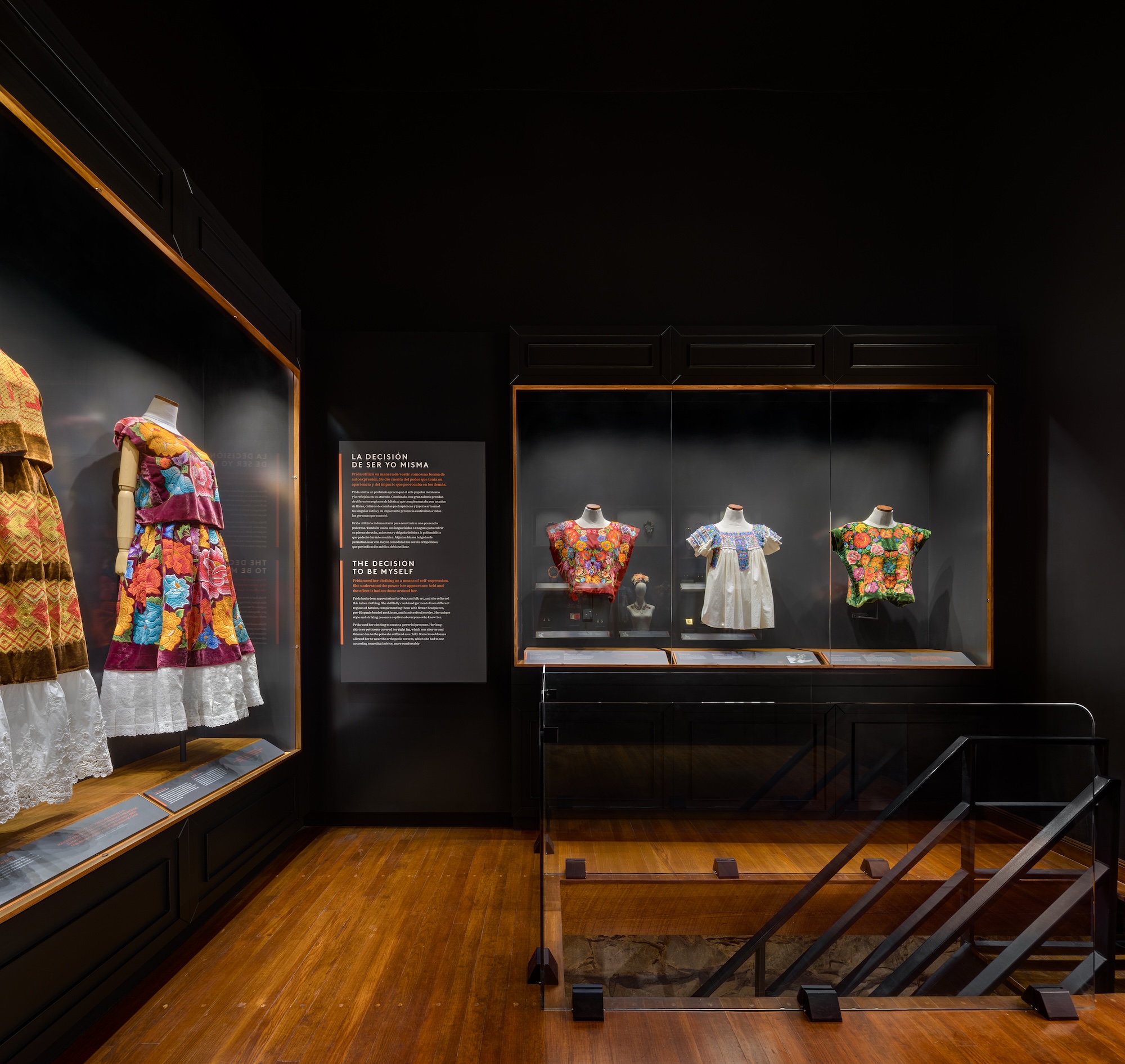
Miramontez reached out to the Rockwell Group’s David Rockwell, who spent his formative high school years in Guadalajara, a time he attributes to inspiring his architectural career. Rockwell helped design the museum and worked alongside the family, poring over old family photos to recreate the original courtyard as an homage to the Kahlos’ hospitality; the house had a reputation for being open to all, including to Frida’s art students, known as Los Fridos.
Receive our daily digest of inspiration, escapism and design stories from around the world direct to your inbox.
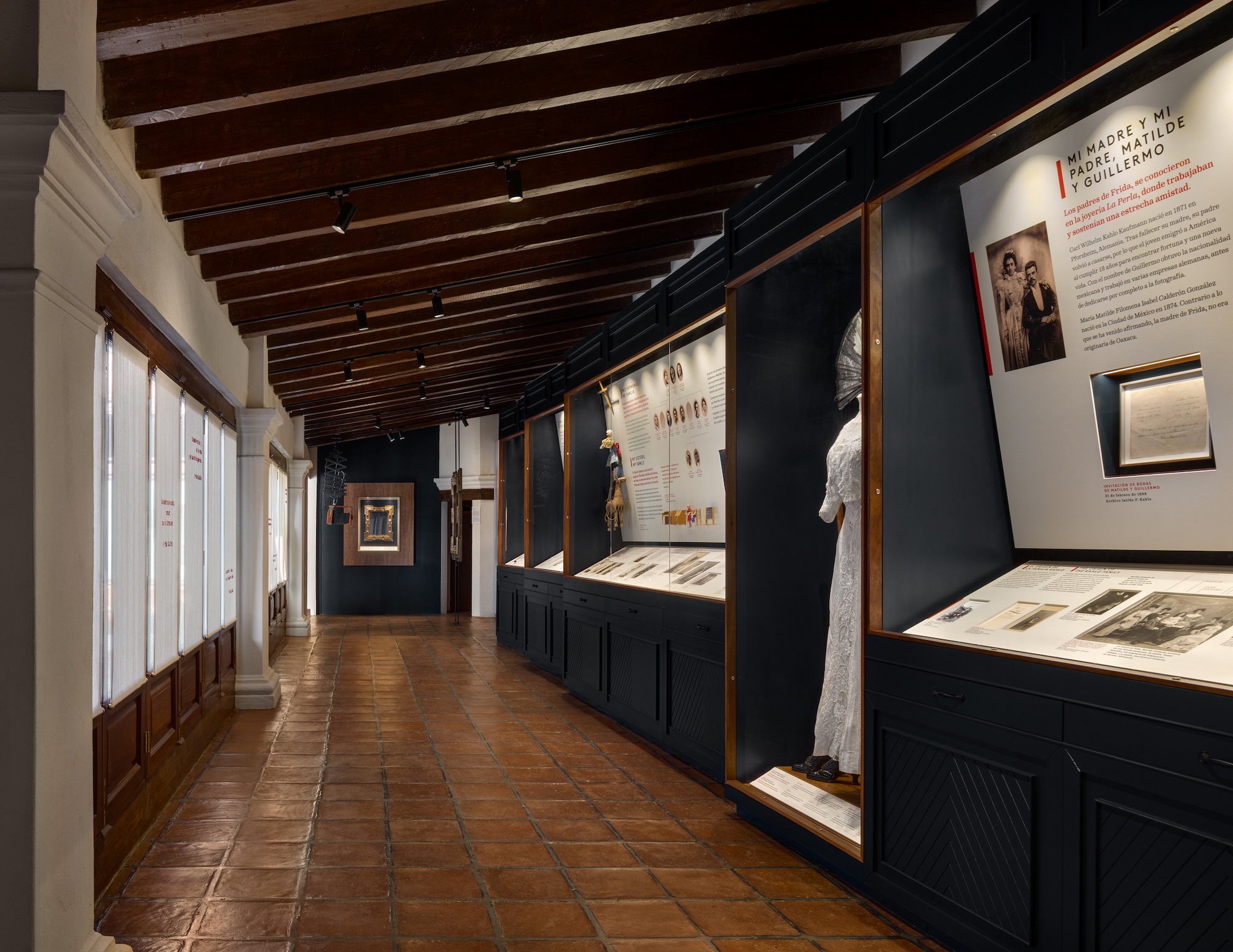
The restored courtyard showcases pots and vessels from artisans throughout Mexico – green glazed pieces from Oaxaca, red clay planters from Guadalajara – and they all contain native plants. The central focus, a large grapefruit tree placed in a hand-carved cantera stone pot surrounded by cast-iron park benches reminiscent of the neighbourhood parks Frida frequented, was also a nod to one of the house’s most significant features: as a child, Mara Romeo Kahlo remembered paintings on the kitchen walls. When preservationists came to examine the space, they discovered a kitchen renovation in the 1960s had inadvertently preserved these murals, including one of a single branch of a grapefruit tree heavy with fruit, dotted with white blossoms, and occupied by colourful birds. According to museum director Adán García-Fajardo, they are believed to be the only murals Frida painted and were completed sometime after 1931 and before 1947.
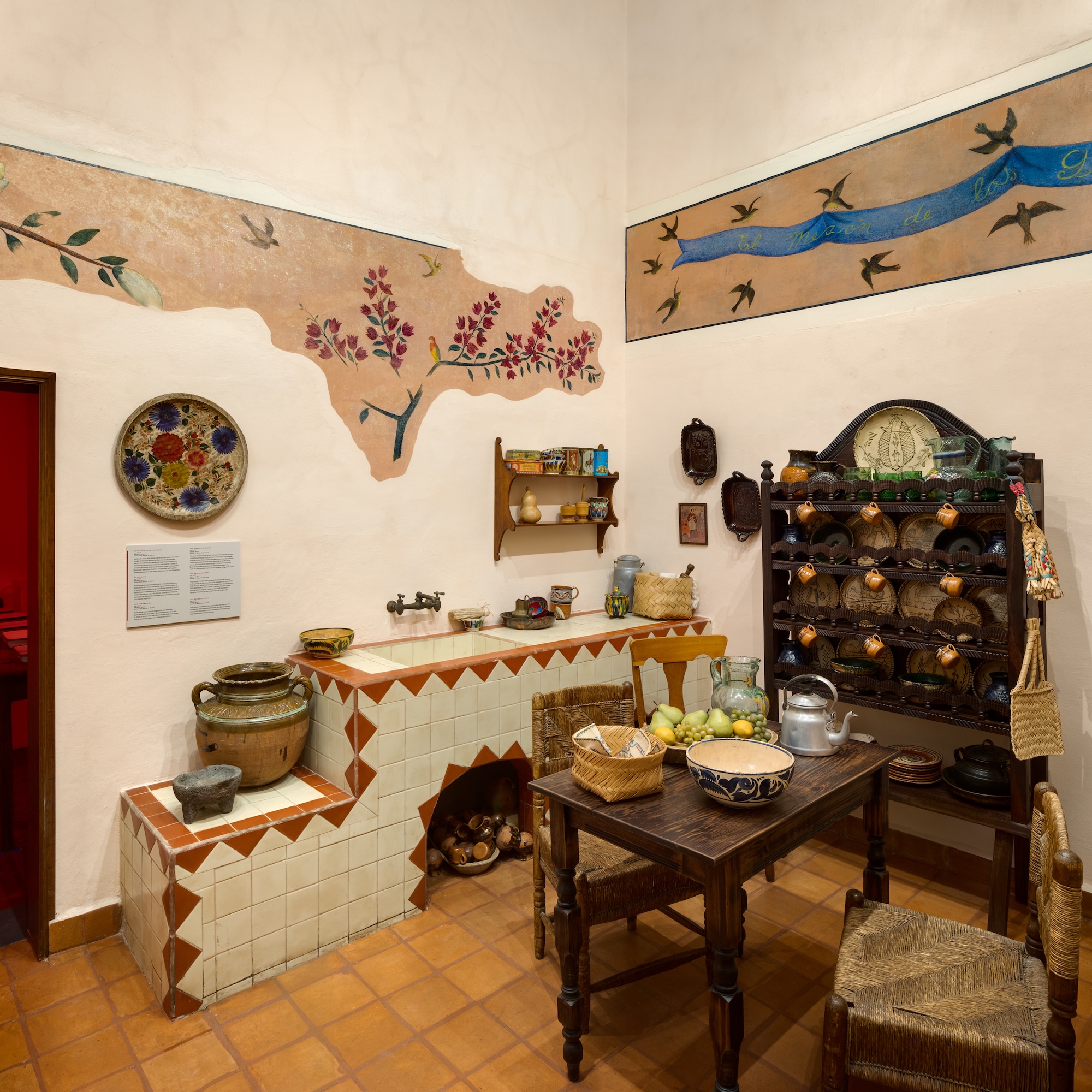
The kitchen, showcasing newly revealed murals painted by Frida
‘The intention is to encourage visitors to lean in and look at the small details, like her books, letters and her collection of butterflies and insects'
David Rockwell
The museum also offers multimedia installations, including sensory experiences, like in the kitchen, where visitors can smell the warmth of café de olla, traditional Mexican coffee seasoned with cinnamon.
Perhaps the house’s most intimate space is a basement sanctuary where Frida took refuge. It was a room of her own where she could paint, write or listen to music. Rockwell reimagined the space with lighting designed to emulate candles. ‘The intention is to encourage visitors to lean in and look at the small details, like her books, letters and her collection of butterflies and insects,’ he says
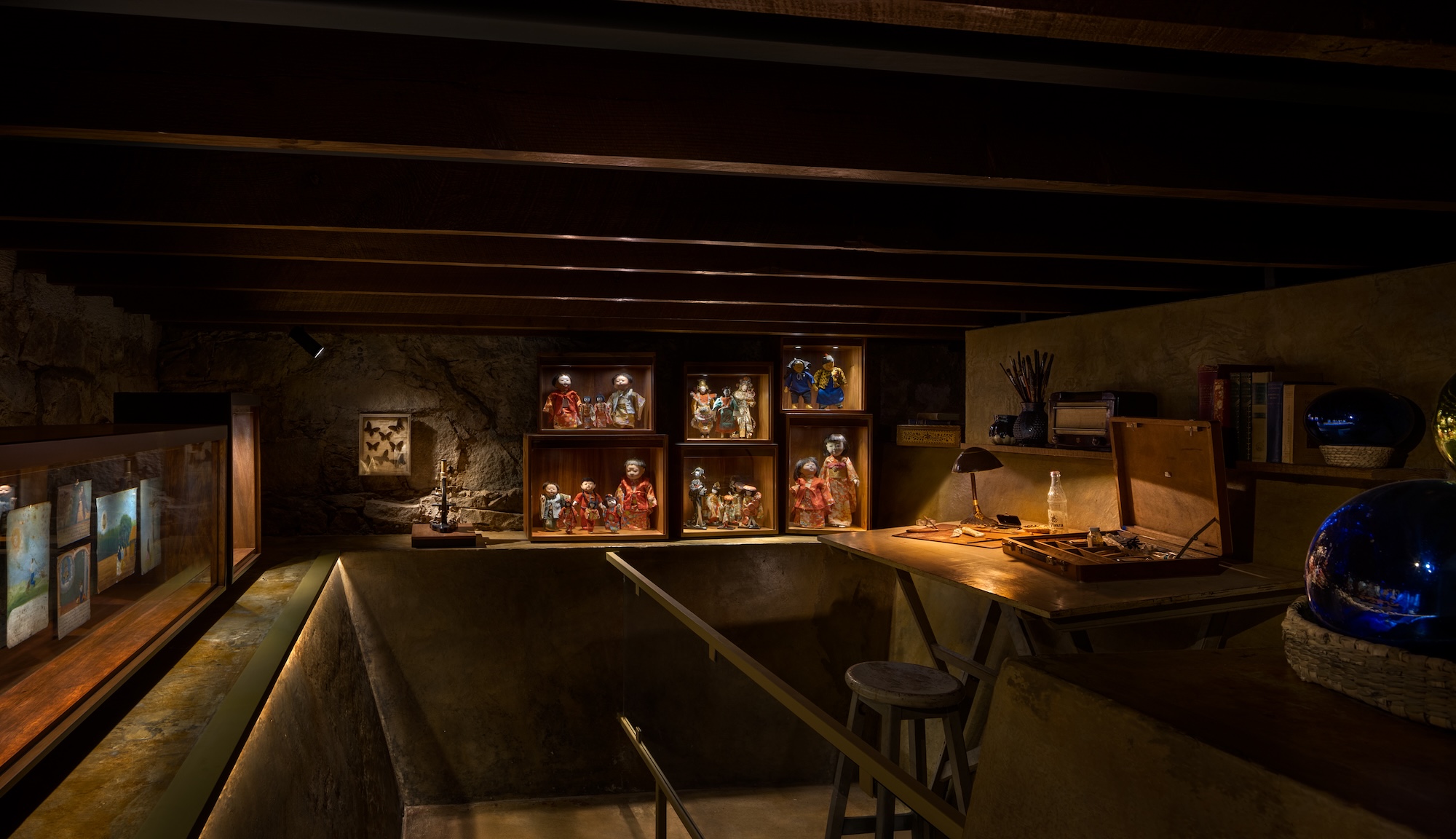
Kahlo's reimagined basement studio
If Casa Azul was the place filled with politicians and famous artists, it was also the place where Frida had to be a public figure. Casa Roja was where she was allowed to be herself, take solace with her family, and escape from the tumult of her relationship with Rivera.
‘The story of Frida has been told by Rivera and by other voices than her family,’ said Hentschel Romeo. ‘She’s portrayed as Frida the painter, the wife of Diego. We’re trying to tell the history that, long before she met Diego, she had the artistic influence of her father and the strength and independence her mother instilled in her. We’re not trying to reclaim her story – we just want to tell the complete story.’
-
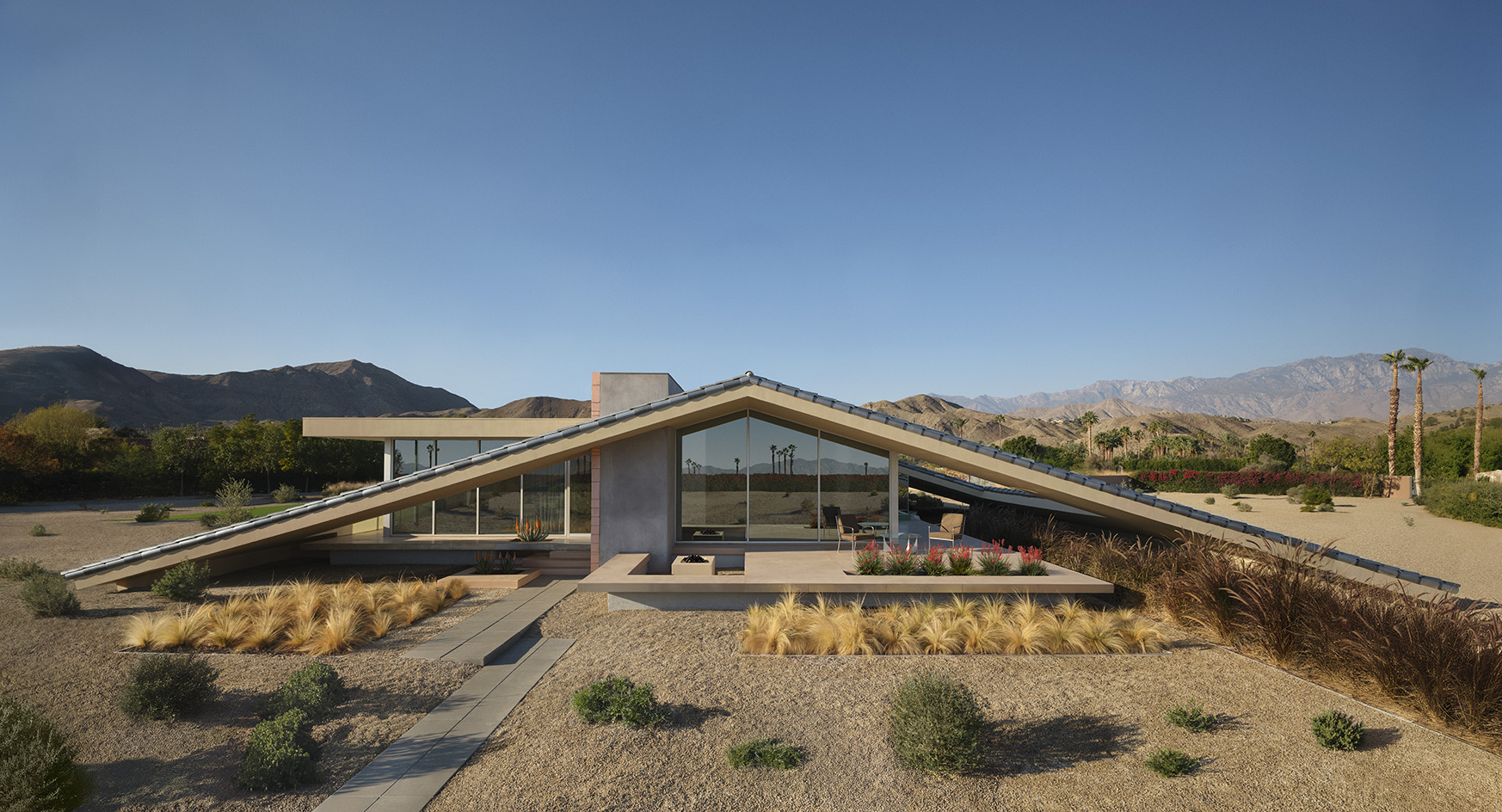 Robert Stone’s new desert house provokes with a radical take on site-specific architecture
Robert Stone’s new desert house provokes with a radical take on site-specific architectureA new desert house in Palm Springs, ‘Dreamer / Lil’ Dreamer’, perfectly exemplifies its architect’s sensibility and unconventional, conceptual approach
-
 Backstage at the Old Vic is all about light, theatre and sustainable action
Backstage at the Old Vic is all about light, theatre and sustainable actionThe theatre's new creative hub by Haworth Tompkins has completed, bringing a distinctly contemporary and colourful addition to the popular theatre space in South London
-
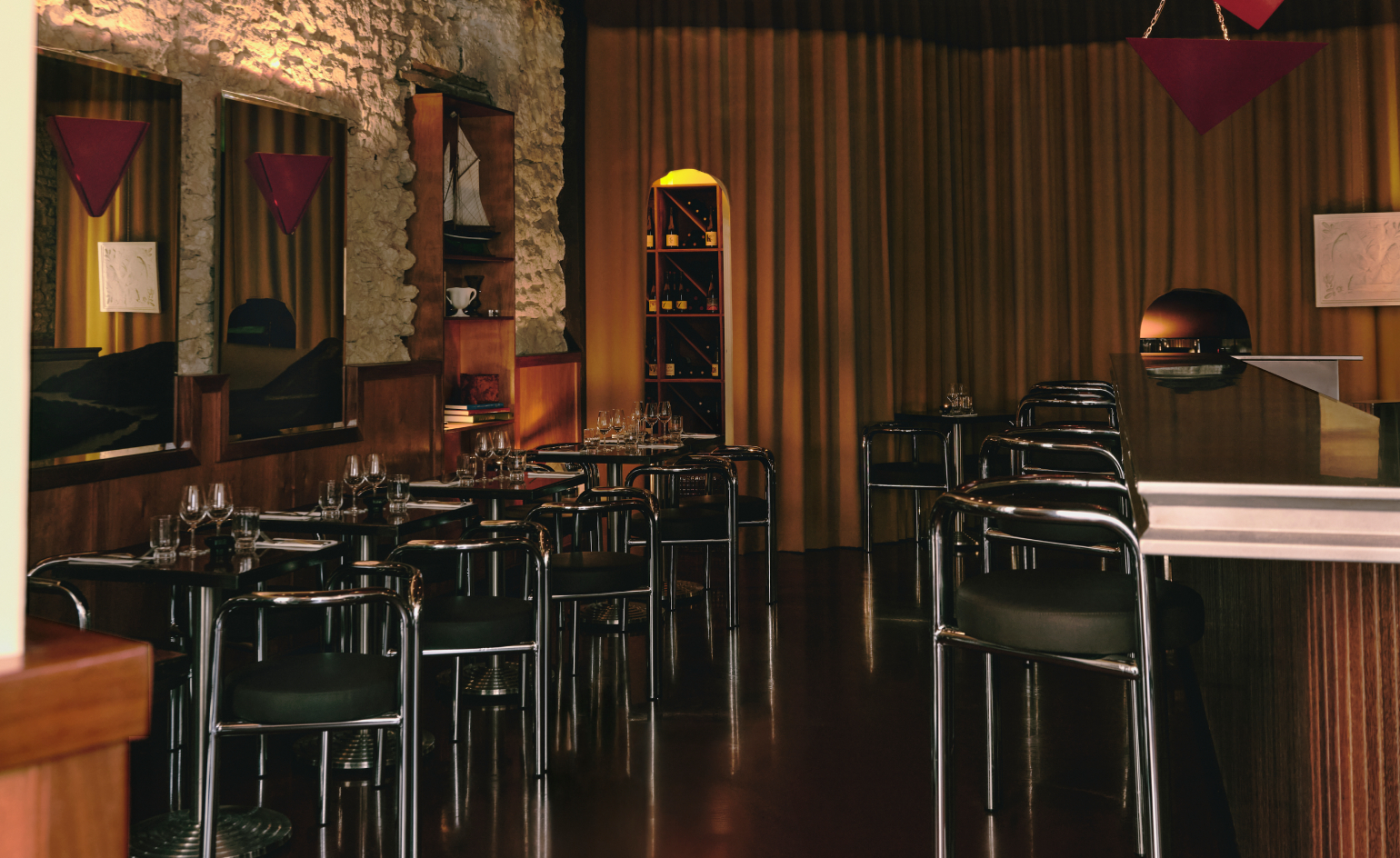 New Marseille restaurant Dévo dishes up a sultry 1970s mood
New Marseille restaurant Dévo dishes up a sultry 1970s moodMirrors, satin curtains, and tubular steel define the atmosphere of this theatrical hangout, as envisioned by a local team of creatives
-
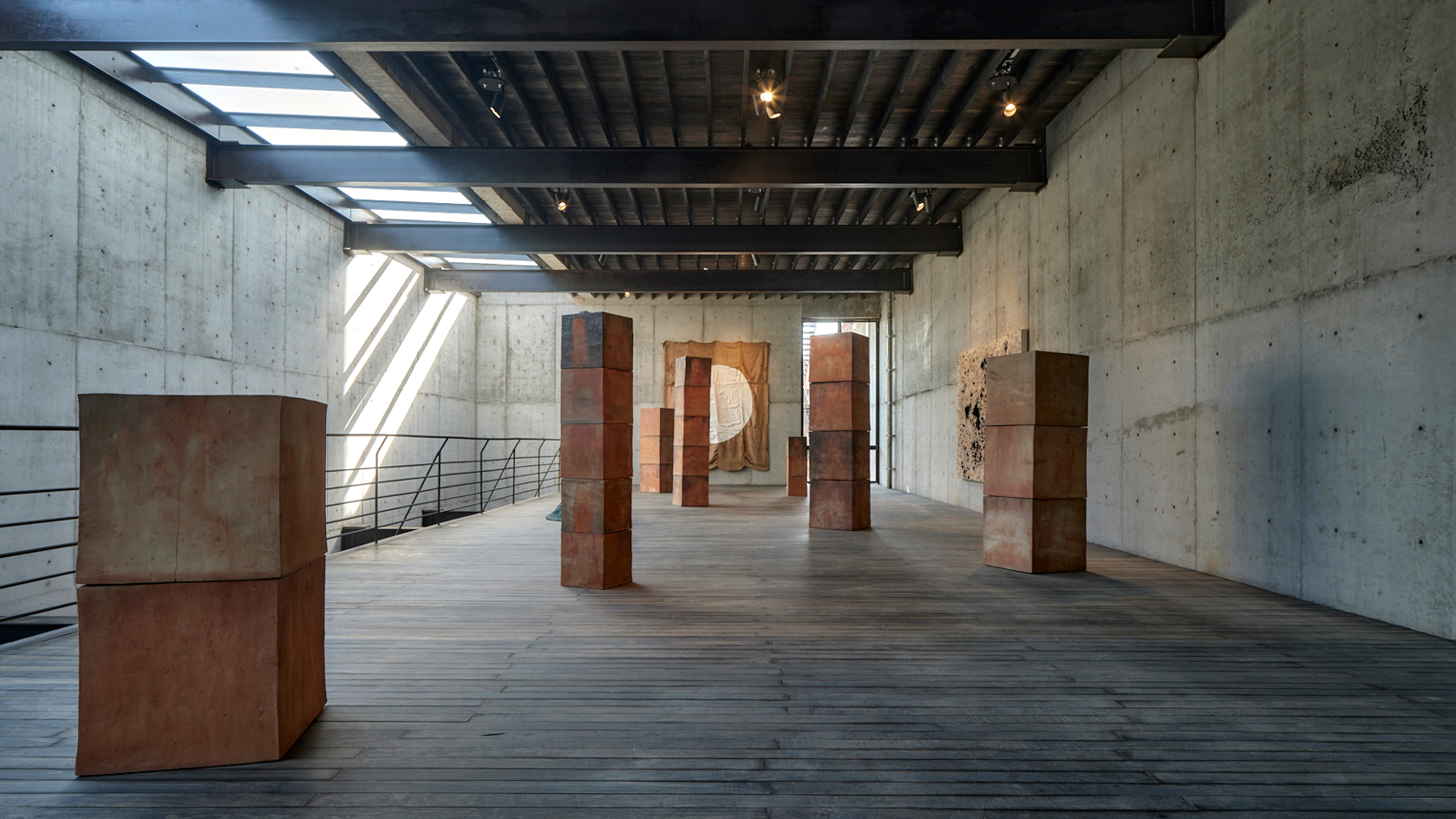 Bosco Sodi’s monumental new Mexico City studio is a multifunctional feat
Bosco Sodi’s monumental new Mexico City studio is a multifunctional featAs Bosco Sodi unveils his new Studio CMDX in Atlampa, Mexico City, we speak to the artist about how the vast Alberto Kalach-designed former warehouse is a feat in multitasking
-
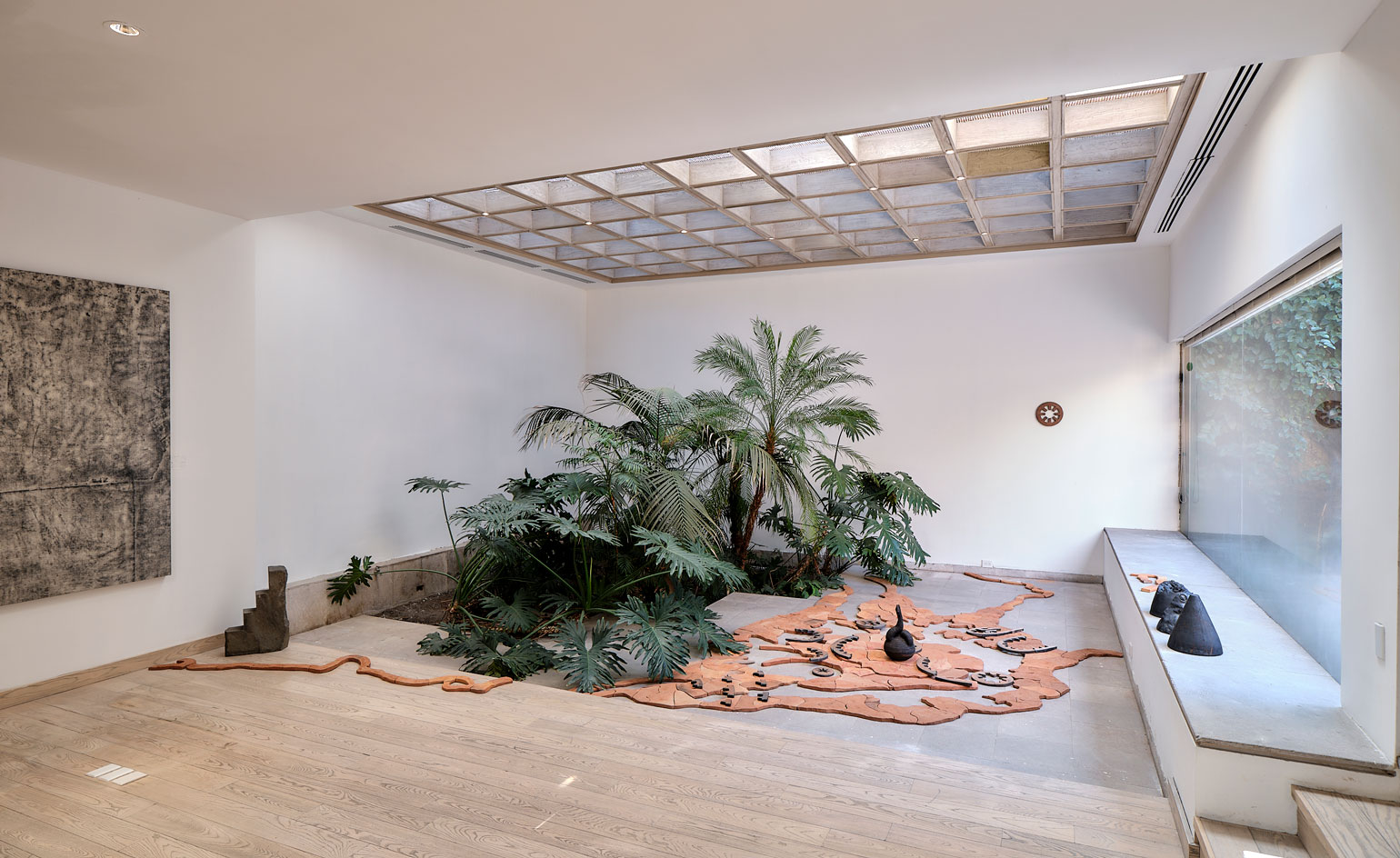 Mexico City art hub JO-HS opens inside a modernist icon
Mexico City art hub JO-HS opens inside a modernist iconNew exhibition space and creative hub JO-HS opens inside a striking example of modernist Mexico City architecture by Carlos Herrera
-
 Bosco Sodi unveils colossal ‘city of cubes’ on the Oaxacan coast
Bosco Sodi unveils colossal ‘city of cubes’ on the Oaxacan coastA monumental land art installation takes shape in a largely uninhabited area of the artist’s native Mexico
-
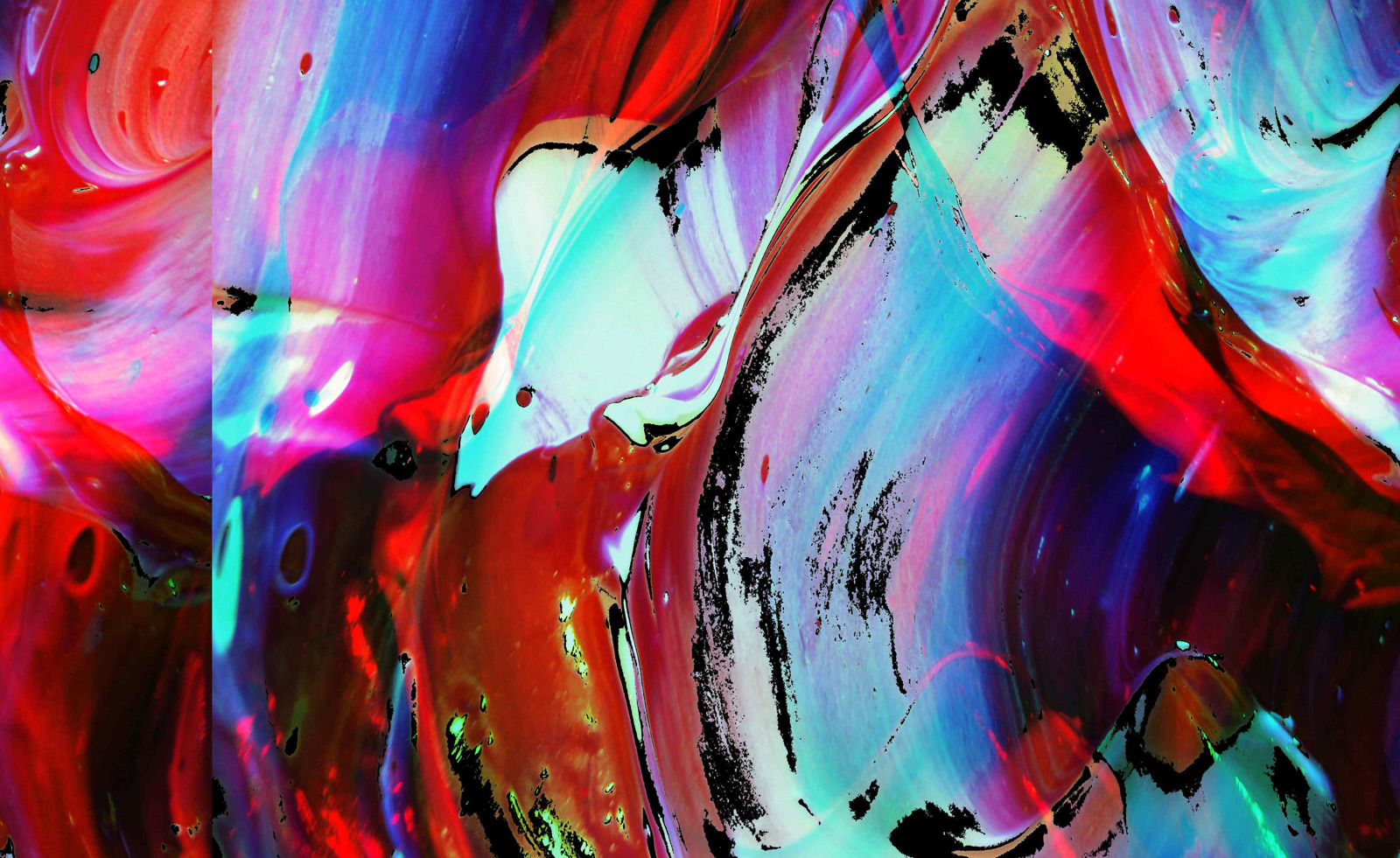 What to see at Mexico City Art Week 2018
What to see at Mexico City Art Week 2018Every February, the creative community descends on Mexico City for a week of art and design fairs, pop-up shows, gallery openings, and tequila-fuelled parties. And there’s even more reason to celebrate this year, after Mexico City deservedly scooped Best City in our annual Design Awards. Here’s what not to miss at this year’s Mexico City Art Week...
-
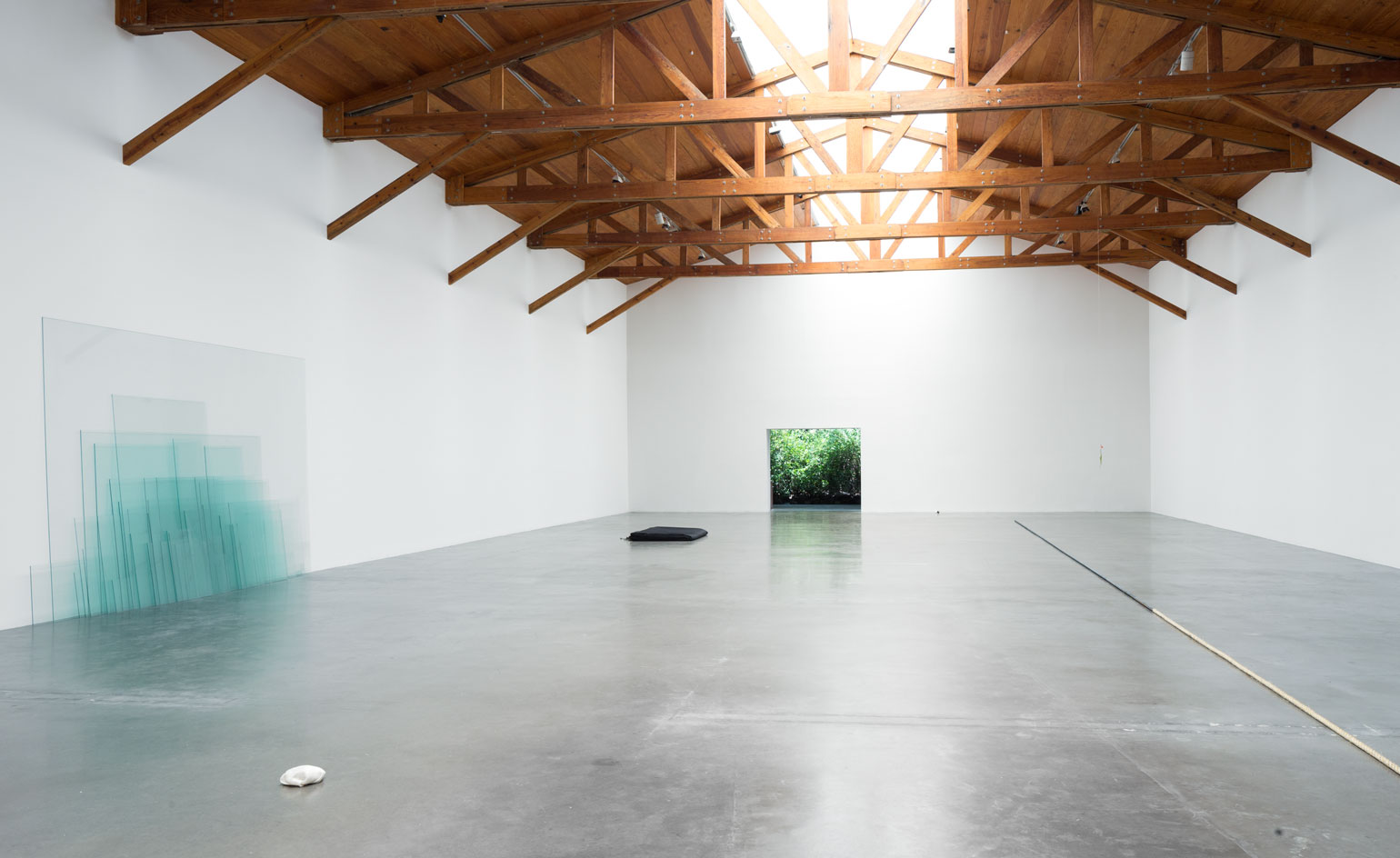 Method making: Wilfredo Prieto embodies every aspect of Kurimanzutto
Method making: Wilfredo Prieto embodies every aspect of Kurimanzutto -
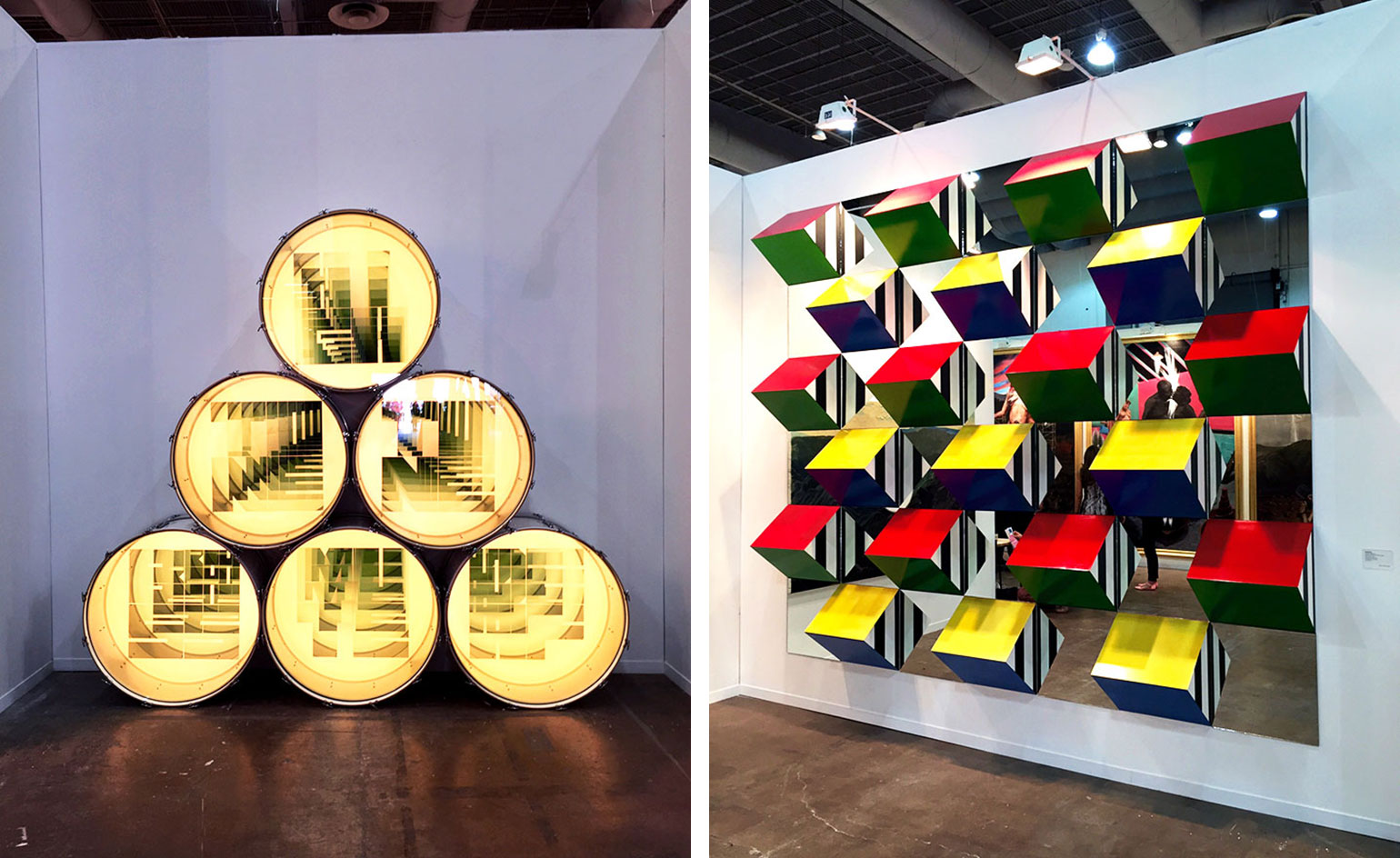 Mirror maze: our reflections on Mexico City’s Zona Maco art fair
Mirror maze: our reflections on Mexico City’s Zona Maco art fair -
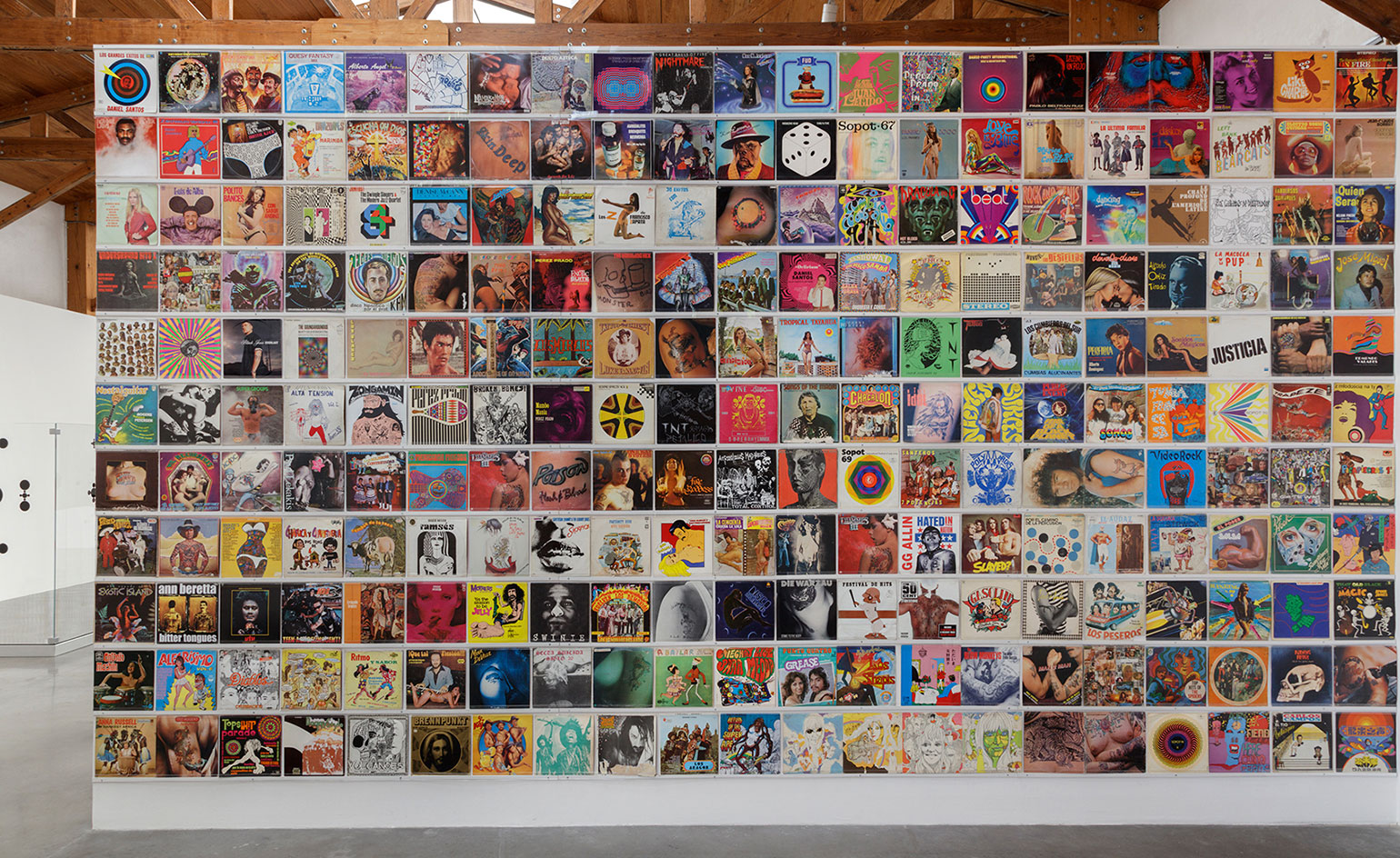 'The Friday Workshop': a superlative Mexican group show at Kurimanzutto
'The Friday Workshop': a superlative Mexican group show at Kurimanzutto